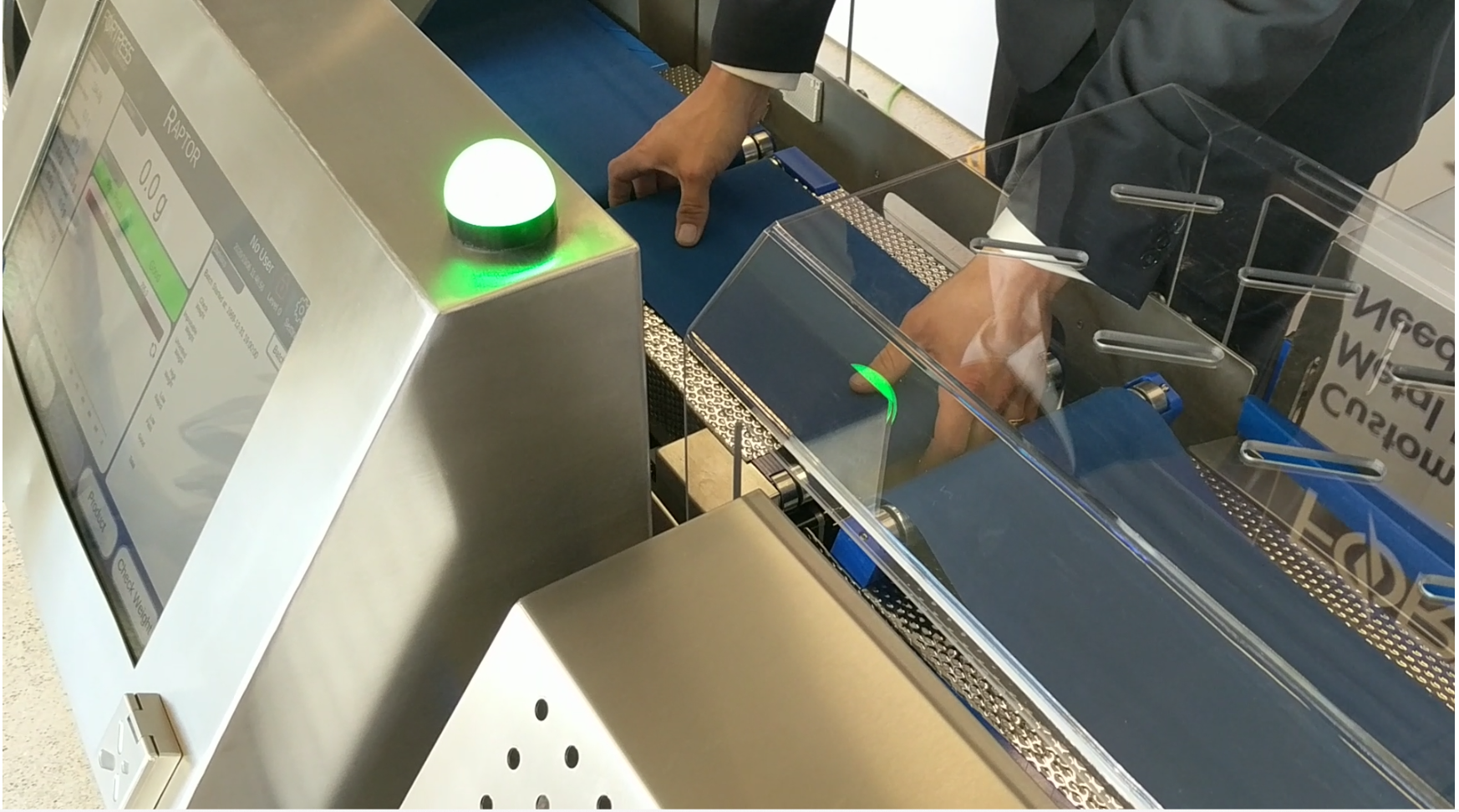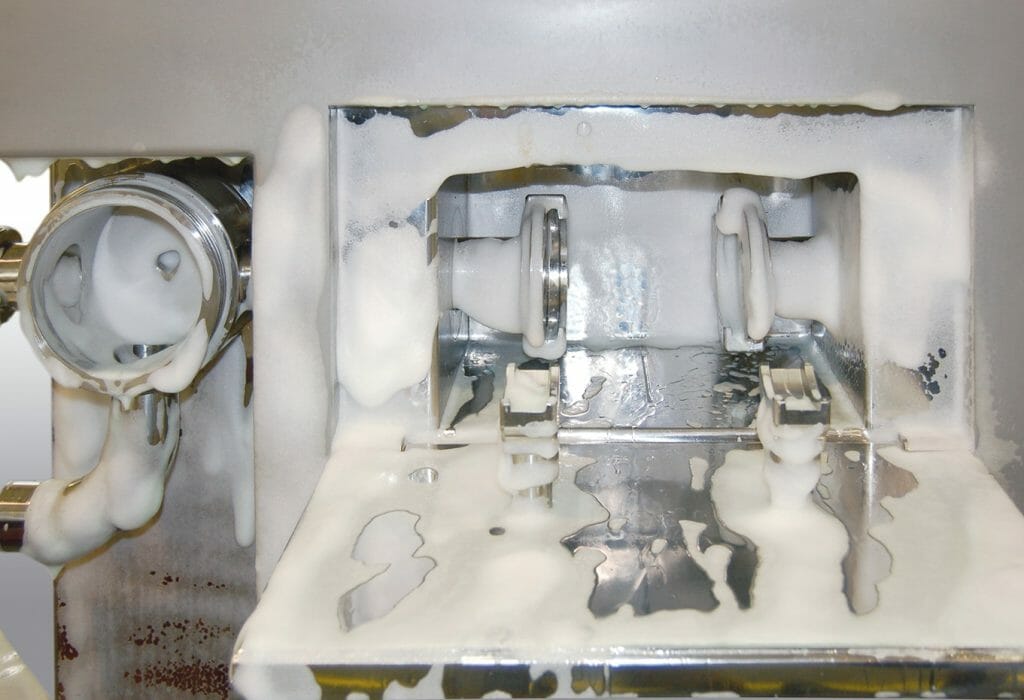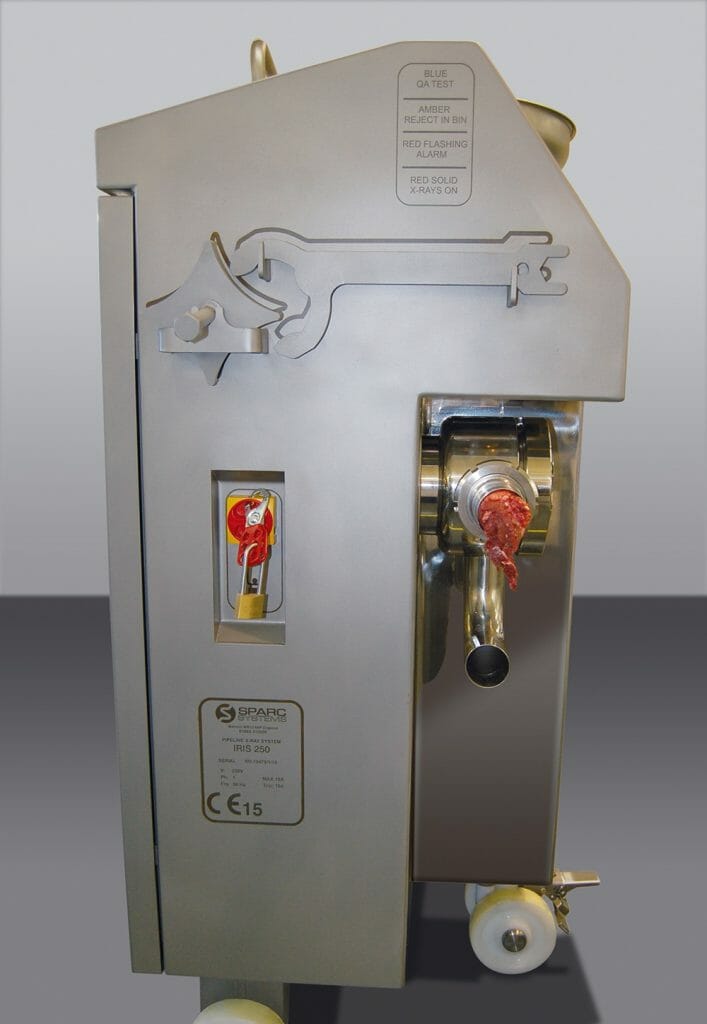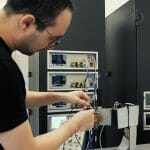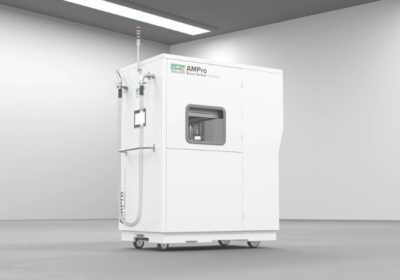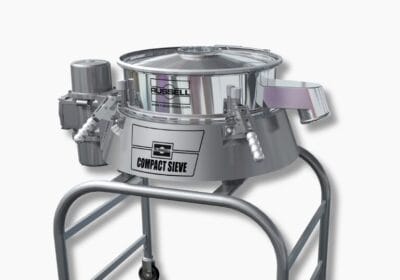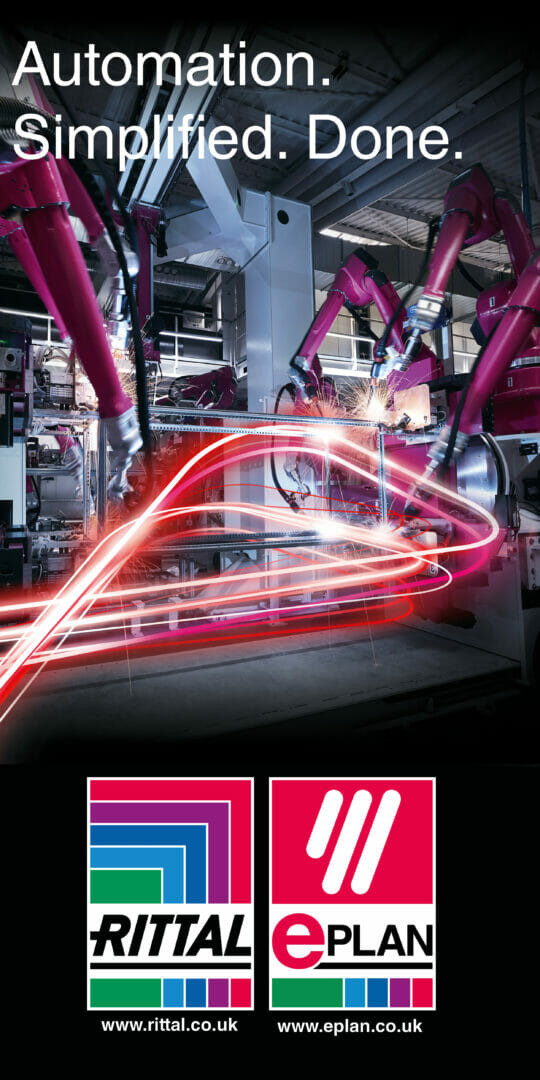We’ve all been there. You place a tool on a bench. Minutes later it has gone? On a food production line you face multiple deliberations. Was it nudged into the line causing a potential food contamination issue? Should we turn off all the machines just in case? How will this impact your production schedule? Maybe you can get the machine up and running using that old trusty tool knocking about the back?
Inspection specialists Fortress Technology and Sparc Systems can relate. To help avoid this quandary of using tools that aren’t designed for the job, they reveal a couple of handy, unique and time saving features included as standard on their range of metal detection, x-ray, checkweighing and combination systems.
Freeing up time for in-house maintenance engineers and making life easier and more food safe in production facilities, the company has designed a number of unique features to reduce inspection machine downtime. Fewer fiddly screws and fittings, tools of the trade located on or inside machinery cabinets, laser etched parts for effortless reordering, easy to read electronics and unclippable conveyors are among the many thoughtful features developed by the engineering firm to streamline routine asset care and speed up the resolution of curveball faults.
Always mindful of resources and eliminating time consuming tasks, the company’s Pipeline X-ray system showcases an excellent example of navigating some of the biggest industry bug bears, including sanitising difficult to remove pipes. Housing a powerful and durable electric linear actuator, the cabinet features an innovative three-way reject valve to dispose of contaminated product, including bone, metal, glass and hard plastics. Each valve can be easily accessed without the use of complex tools.
European sales manager Charlie Graham explains: “Our Pipeline X-Ray machine is definitely a unique solution in the X-Ray inspection market. Sparc engineers in collaboration with Dutch distributor Jansen Techniek Control Systems spent a lot of time considering all aspects of the design. Specifically how to maintain hygiene levels and remove the IK67-rated pipe to facilitate deeper cleaning.”
Typically a two-person task, the Pipeline X-Ray cabinet features a magnetic centre piece giving food operatives instant access to the internal screening pipe. The machine’s interior contaminant rejection valve and cover can be inserted and removed single handedly and tightened and loosened using a large and an easy to reach socket and spanner located within reach on the side of the machine. This, notes Charlie, helps to ensure operatives don’t misplace tools. Their size also helps to mitigate the risk of small nuts, bolts and screwdrivers inadvertently contaminating foods.
Likewise, it takes just seconds and one person to securely attach the processing pipe and access the test valve to insert contamination test balls. Retrieval of the test balls via the reject valve is equally fast. Between product changeovers and at the end of each production shift, all three valves are removed to blast high pressure water jets through the system, eliminating product residue to avert cross contamination.
- Unique magnetic centre piece removed to deep clean X-Ray screening pipe
- Bespoke spanner and socket located on Pipeline X-ray are always easily accessible for opening the reject valve
Kaizen-inspired kit
A similar design philosophy features on the company’s high-spec combination Metal Detection, X-Ray and Checkweighing systems. Harking back to the days when Charlie was an engineer on the road and systematically organised tools and spares by machine type, all of the firm’s combination cabinets house tools expressly designed for each machine and conveyor, along with laser etched part numbers and clear component descriptions.
“Many tools are bespoke to the machine so cannot be purchased at your local hardware store,” reports Charlie. Additionally, etching part numbers for components that may in time need replacing onto the side of the cabinet cover is a real time saver when troubleshooting issues and ordering spares. A typical conveyor, for instance, may list half a dozen part numbers, including the belt, the drive rollers, timing belts and motor.
Coding parts with unique identifiers
Another useful feature introduced on Sparc’s Cerberus and the new Raptor electronic board includes mapping and colour coding where the different wires and plug feed into, for example sensors, drive motors and HMIs. This enables in-house engineers to swiftly troubleshoot and resolve a fault without having to dig out the very latest manual or electrical drawing.
Diagrams with coded wires directing to a picture of the part it relates to also helps with remote assistance, helping technicians to pre-order parts to maximise first time fix rates and minimise business disruption, claims Charlie.
He explains: “Rather than getting confused by rows of relays and flicking through a manual to find the corresponding part, we have tried to adopt a more logical approach to help production managers visualise and where possible resolve technology issues. Machine downtime is the worst thing for a food production environment.”
Conveyor removed in seconds
Compared to many food inspection counterparts who continue to deploy vulcanized belts which requires specialist equipment and can take up to four hours to switch out, both companies are converting to a quick release conveyor. Deployed on the Raptor series, removing the conveyor for maintenance and sanitation is now a one person job, notes Charlie and saving valuable time, money and labour and provides hygiene peace of mind.
During the sanitation process, operatives simply unclip and disconnect the conveyor motor and lift out the entire assembly. In just seconds, the conveyor belt is removed, along with its individual components, such as rollers and bearings. Improving line efficiencies, the belt tension and alignment are instantly restored when clipped back into place after maintenance and cleaning.
Being orderly, focused and able to lay your hands on tools when you need them is a key principle of good manufacturing practice (GMP) cites Charlie. “By putting ourselves in our customers’ shoes, we have tried to implement a solution to address every bugbear. Any cluttered workspace psychologically sets the wrong tone. It’s here where the quality of design and the thought that has gone into addressing all those little niggles can make a real difference to food safety and machine longevity.”

